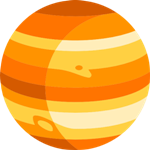Planet Jupiter | The Solar System’s Gas Giant
God Of The Night Sky!
Jupiter is the king of the planets. Fifth from the Sun, but containing 2 ½ times the mass of all the others combined! If it was much bigger, it may have become a small star! Jupiter is covered with swirling bands of clouds and an Earth-sized storm called the Great Red Spot. Being a gas giant, the planet is mainly composed of hydrogen and helium. Jupiter is also home to the Galilean moons – Io, Europa, Ganymede and Callisto.
Fast Summary Facts About Jupiter!
- Name Origin: Roman god of the sky & lightening
- Average Diameter: 139,800 km (86,900 miles)
- Planet Rank: Largest
- Number of Moons: 69 known moons
- Surface Gravity: 2.53 g
- Orbital Radius: 5.2 AU
- Orbital Period: 11.9 years (4,332 days!)
- Rotational Period: 9 hours 55 ½ minutes
- Axial Tilt: 3.1°
- Atmosphere: Composed of hydrogen & helium
- Surface Temperature: -110 °C (163 K)
Cool Facts About The Solar System’s Giant Planet!
- Jupiter has been known since ancient times and is typically the third brightest object in the night sky after the Moon and Venus.
- Jupiter has over 318 times the mass of Earth, but if it was 75 times more massive, nuclear fusion in its core would begin turning the gas giant into a star!
- Despite being only 0.1% the mass of the Sun, the centre of gravity between it and the Sun lies just above the Sun's surface. This is the only planet for which this is true.
- Jupiter is 11 times wider than Earth and over 1,320 Earth’s are able to fit inside the gas giant.
- Despite being the biggest planet in the solar system, it has the shortest day, completing an orbit every 9 hours and 55 minutes. This causes it to have a slightly ‘flattened’ shape.
- Jupiter spins nearly upright as it orbits the Sun, so doesn’t experience seasons like the other planets do.
- The planet is believed to have a solid core of heavy elements, but is mostly made up of swirling gases and fluids like hydrogen and helium (similar to what the Sun is made of).
- Jupiter’s appearance is dominated by uniquely colourful bands of cloud and swirling spots. Many of the bands move in opposite directions to one another.
- The ‘Great Red Spot’ is a gigantic storm which has been ragging since detailed observations of Jupiter were first made nearly 200 years ago.
- Jupiter is orbited by at least 69 moons, most small captured asteroids, but the four Galilean moons are among the most interesting in the solar system!
- The innermost Galilean moon ‘Io’ is the most volcanic object in the solar system!
- The bright icy moons Europa and Callisto may harbour deep oceans under their icy crusts.
- And the biggest of the Galilean moons, Ganymede, is larger than the Planet Mercury!
- Jupiter is known to have the largest magnetic field of any planet. It is between 15 and 50 times stronger than Earth’s and results in a band of radiation close to the planet which is hazardous to spacecraft.
- This powerful magnetosphere also creates some of the solar system’s more spectacular auroras near the planet's poles.
- In 1994, something truly amazing happened to Jupiter. Twenty fragments of the comet Shoemaker-levy 9 collided with the planet. These impacts created enormous explosions and left dark clouds the size of Earth!
- A total of 9 space probes have visited Jupiter, most making flybys - Pioneer 10&11, Voyager 1, Voyager 2, Ulysses, Cassini-Huygens and New Horizons. Two spacecraft (Galileo & Juno) entered orbit to study Jupiter & its moons up close.
- Two future missions are planned to visit Jupiter in the 2020’s (ESA’s JUICE & NASA’s Europa Clipper) to study the frozen Galilean moons which may have habitat environments in their subsurface oceans. I can’t wait to see what they discover!
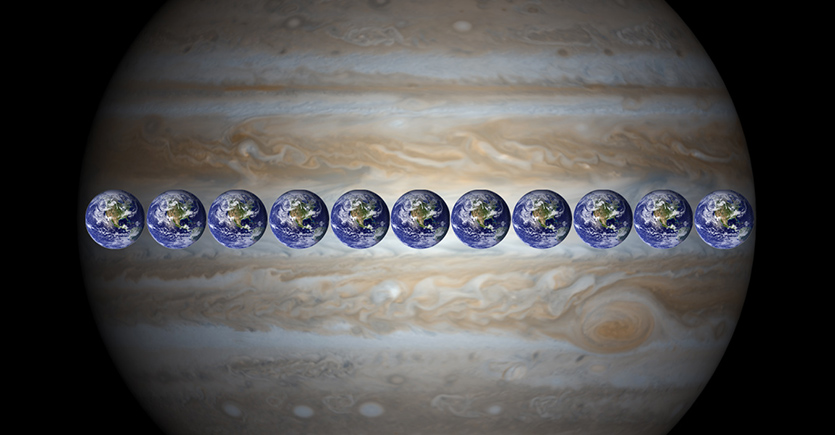
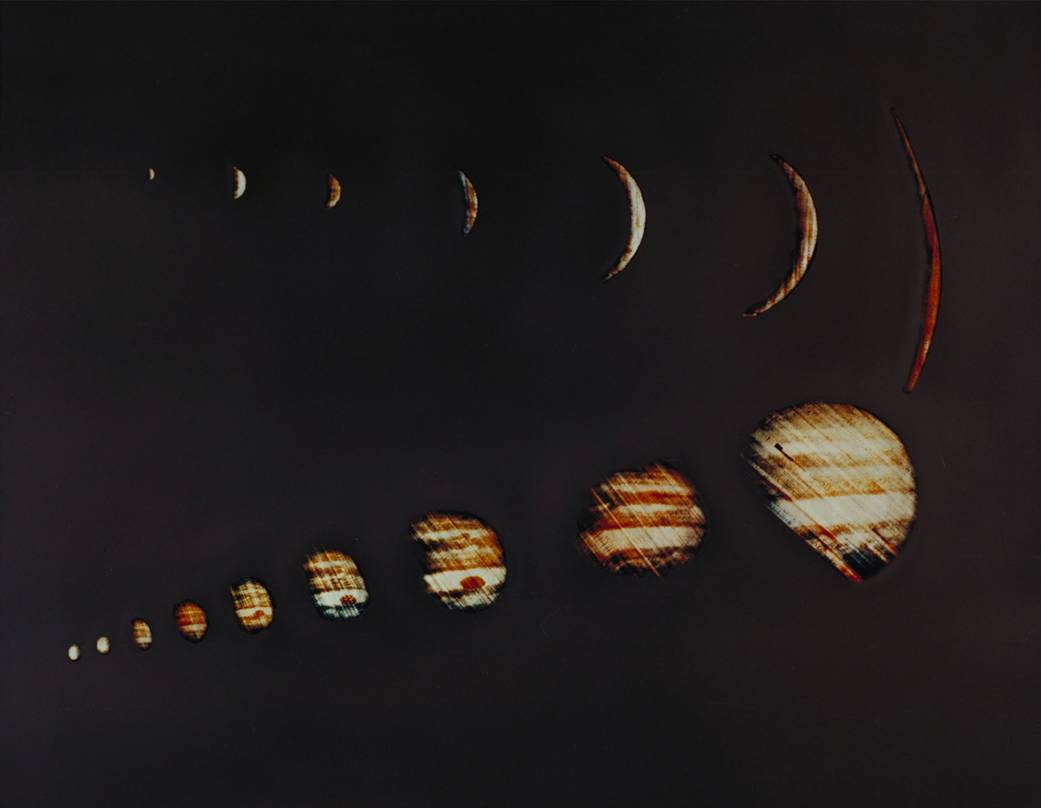
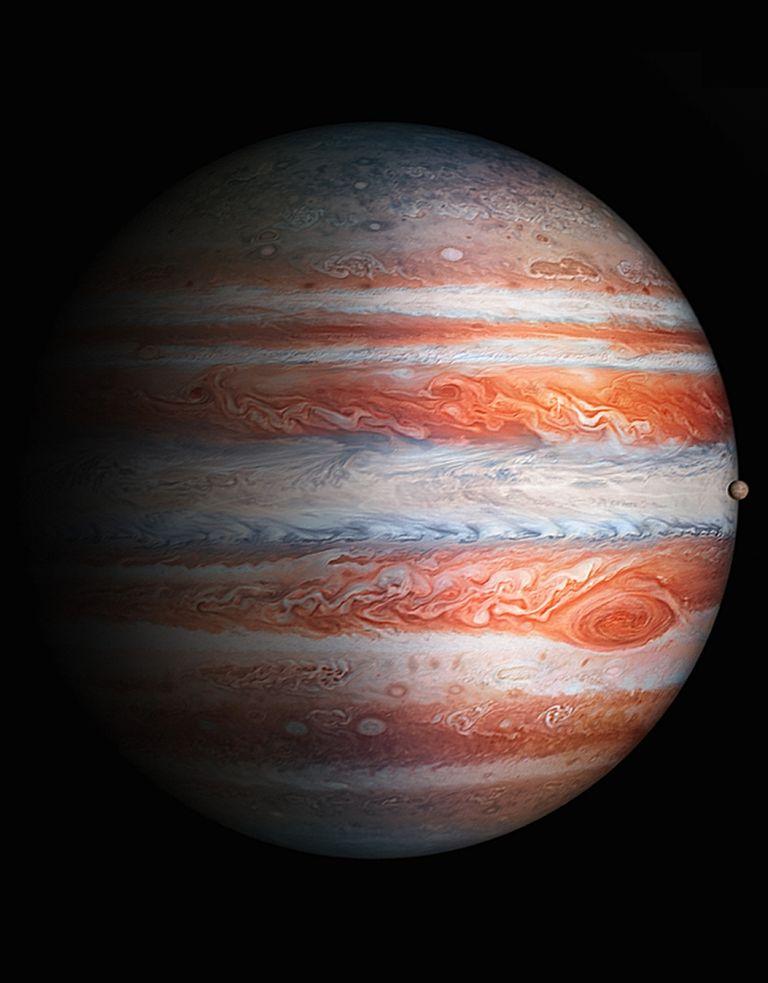
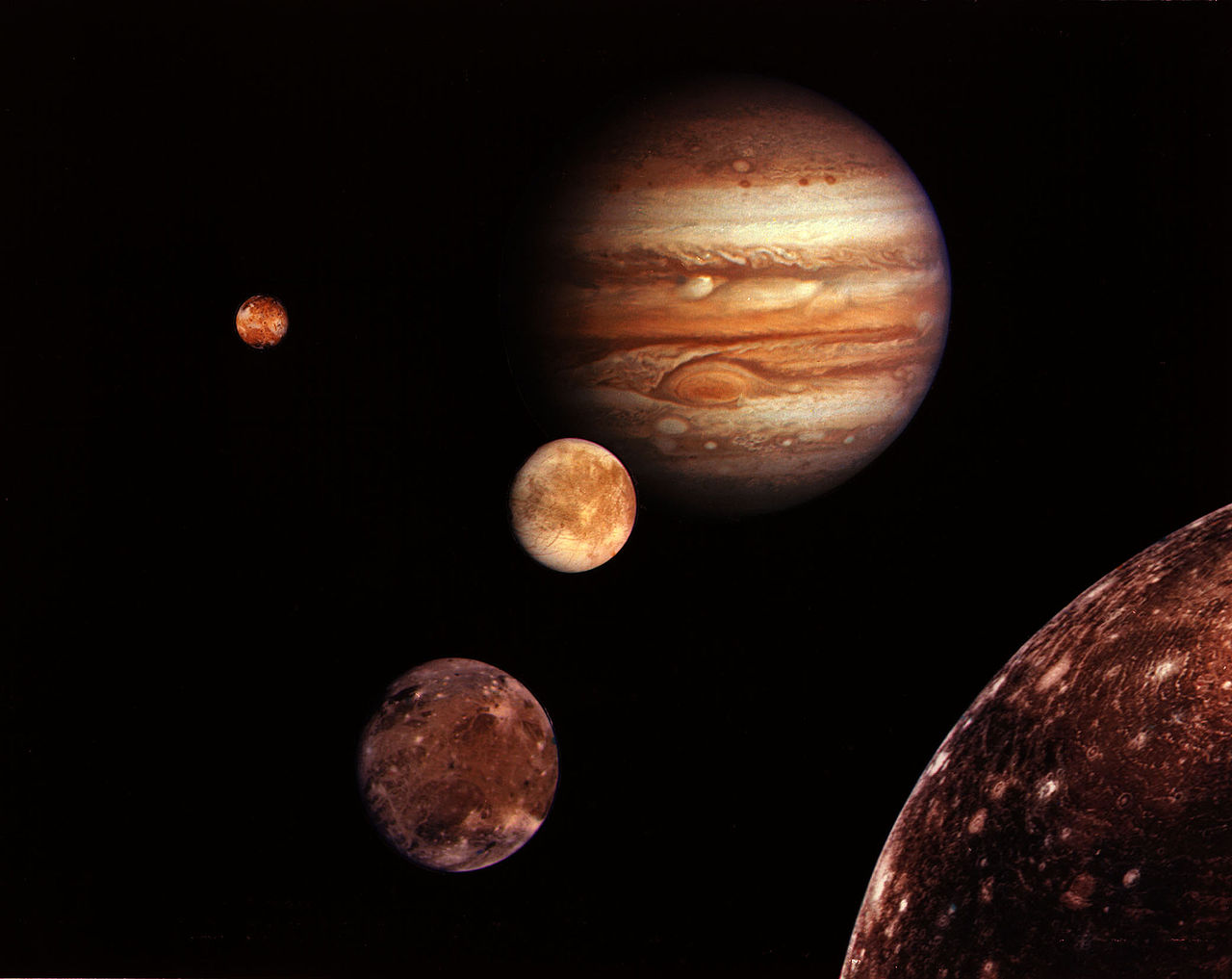
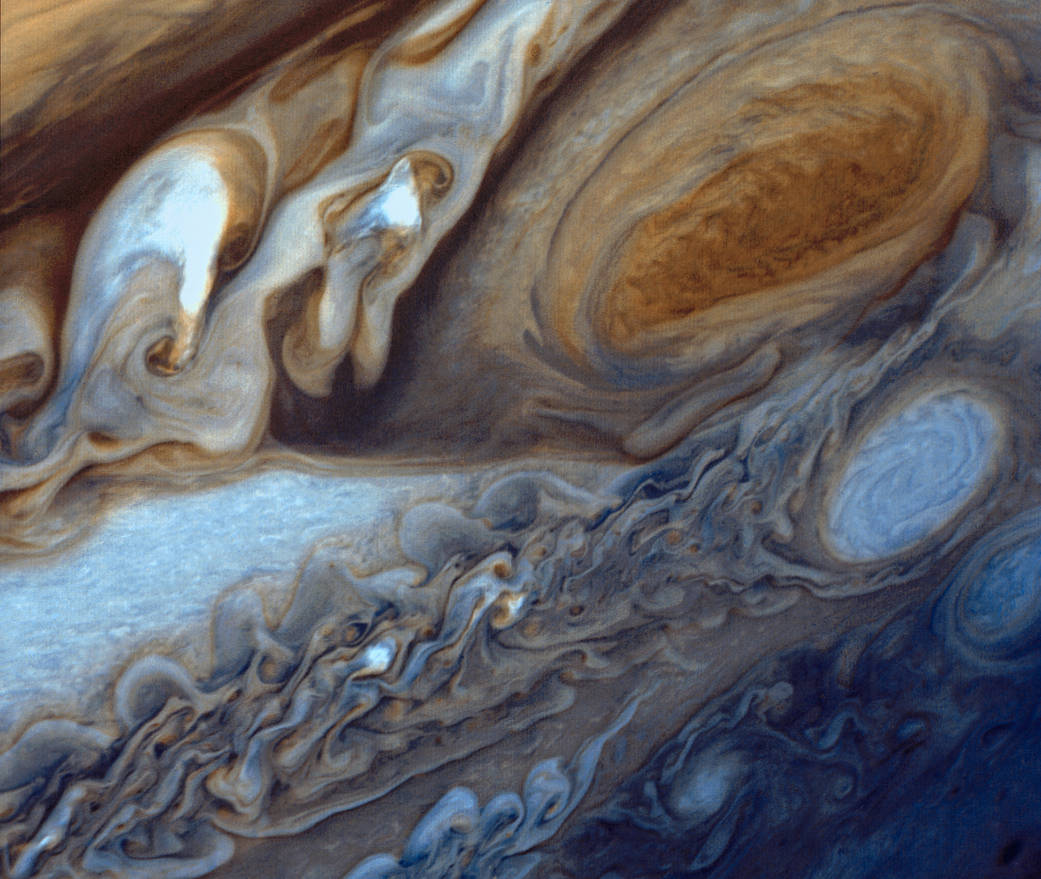
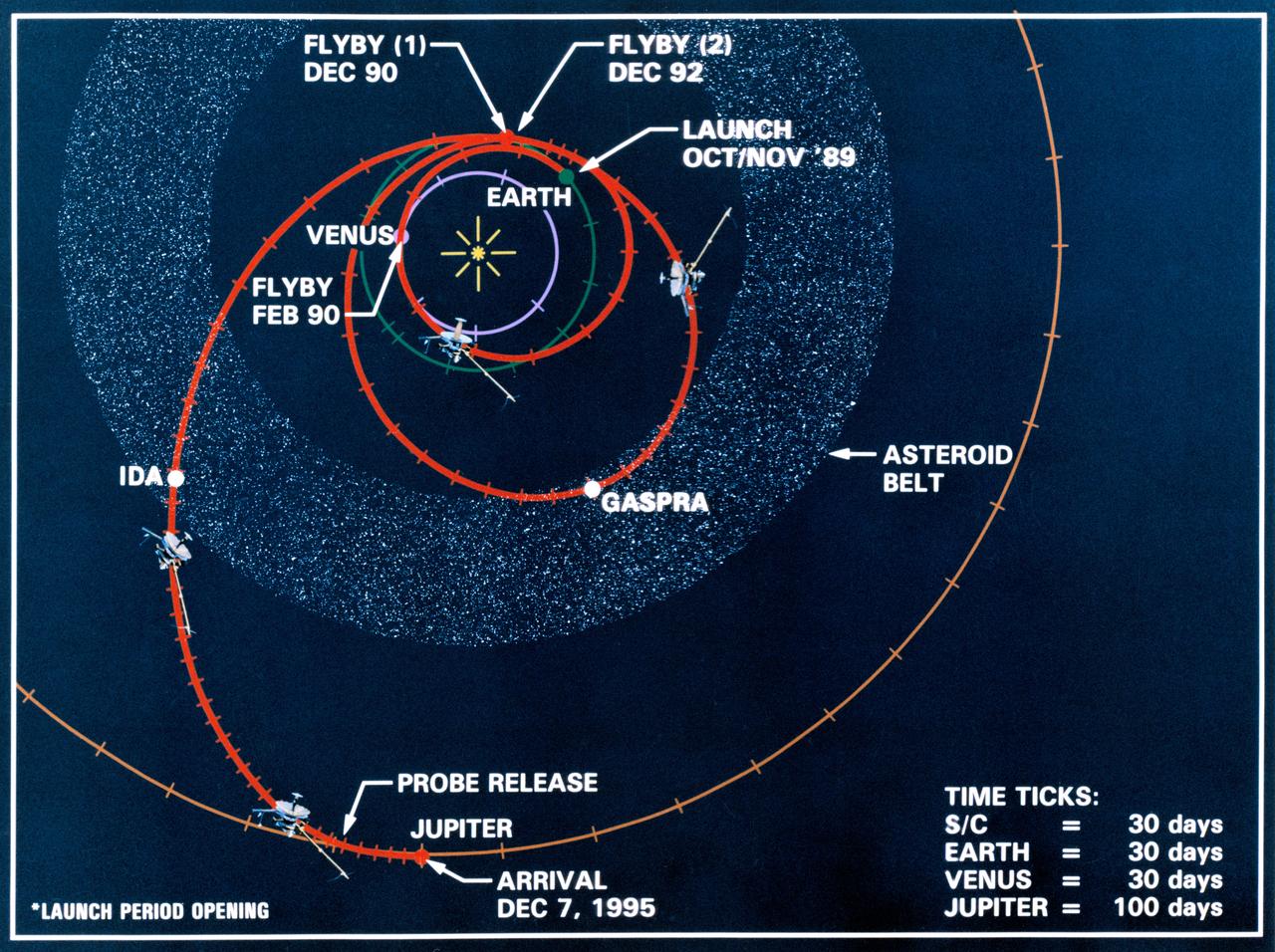
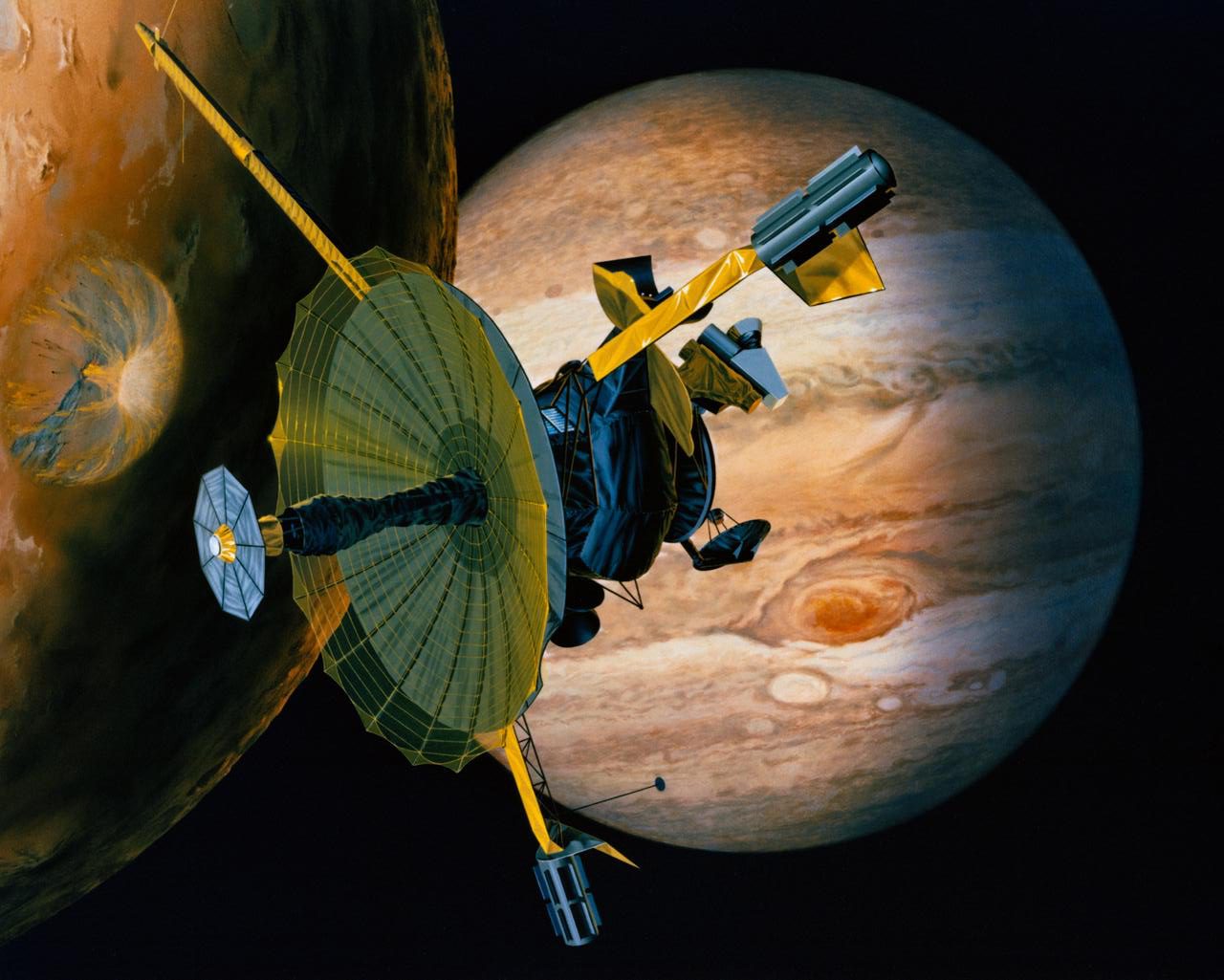
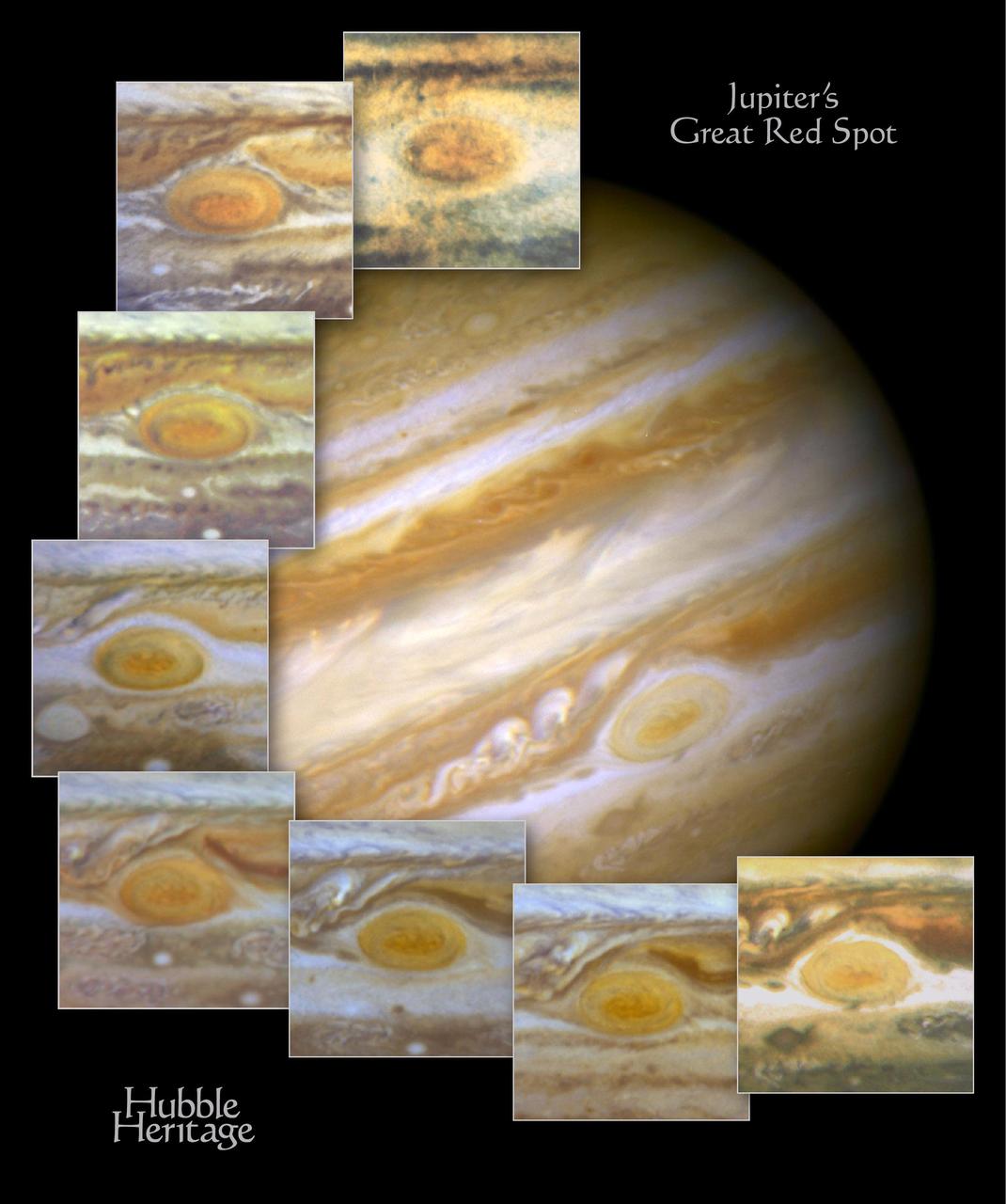
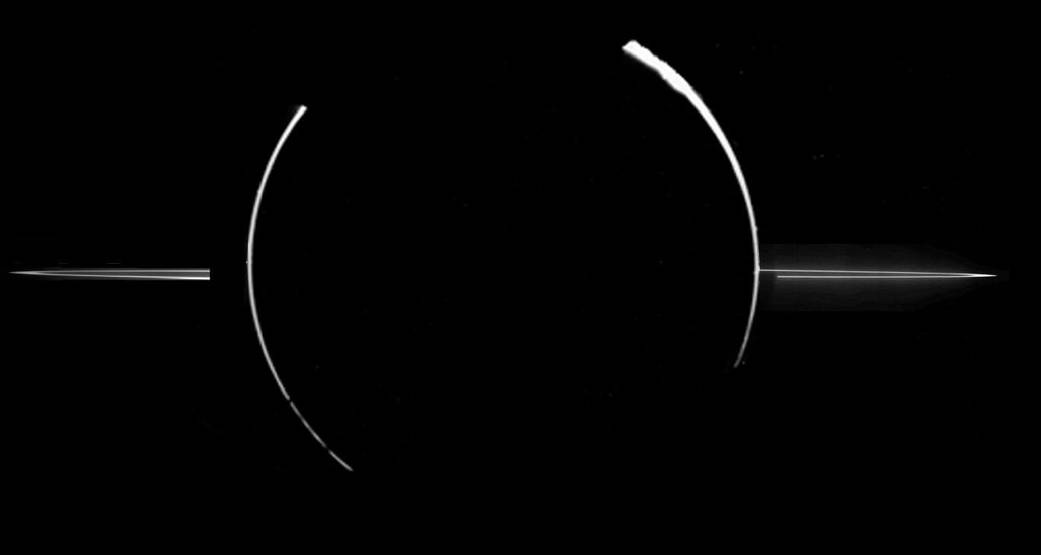
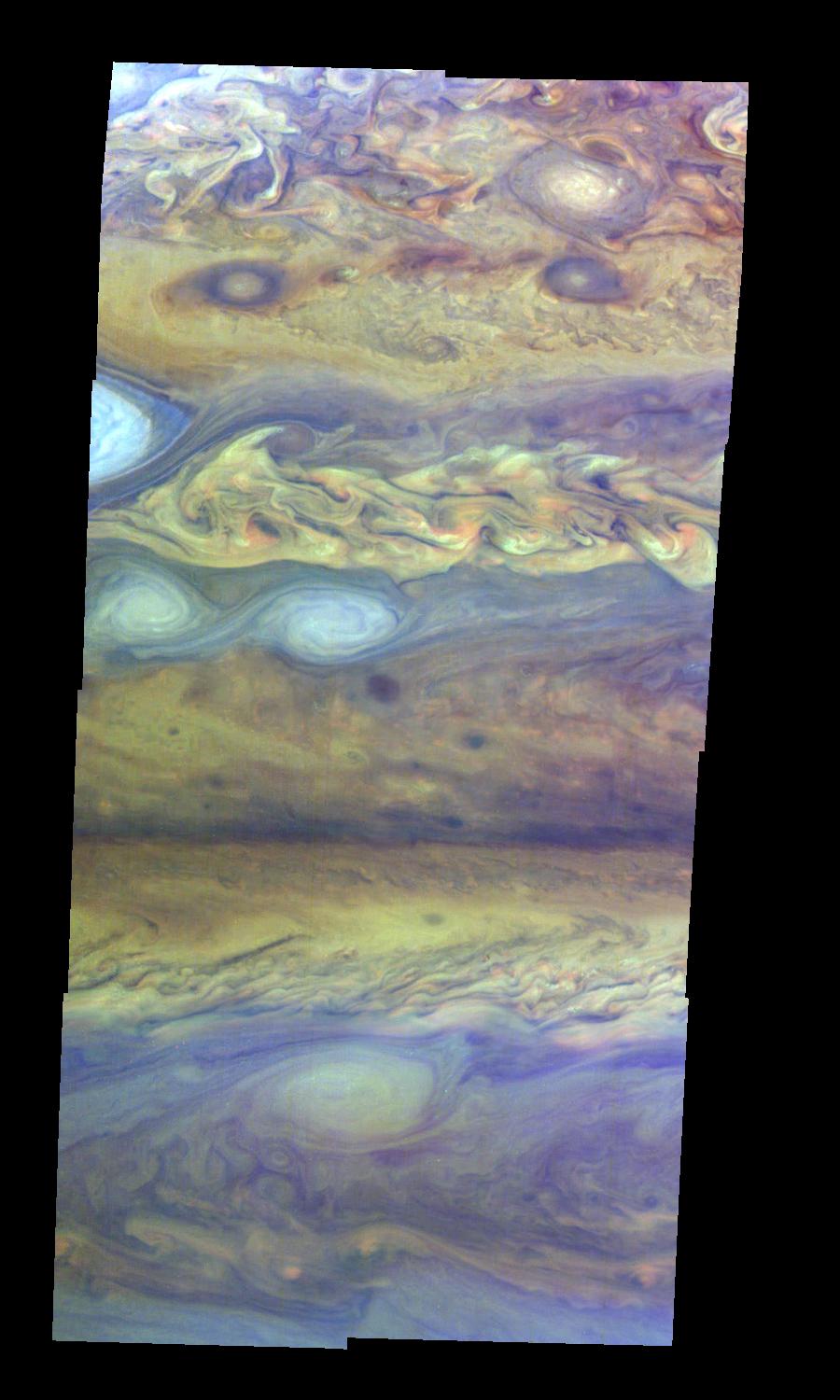
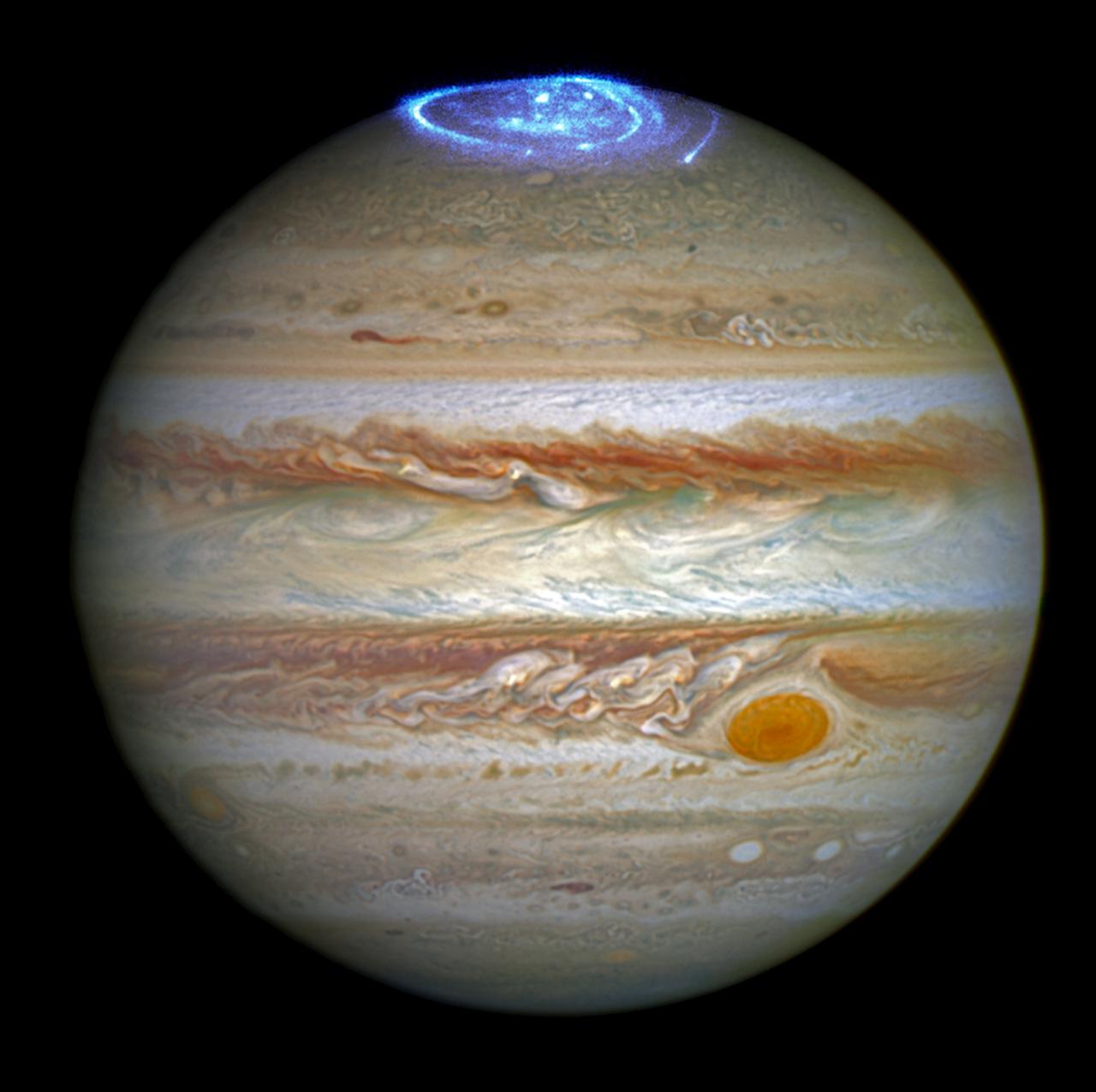
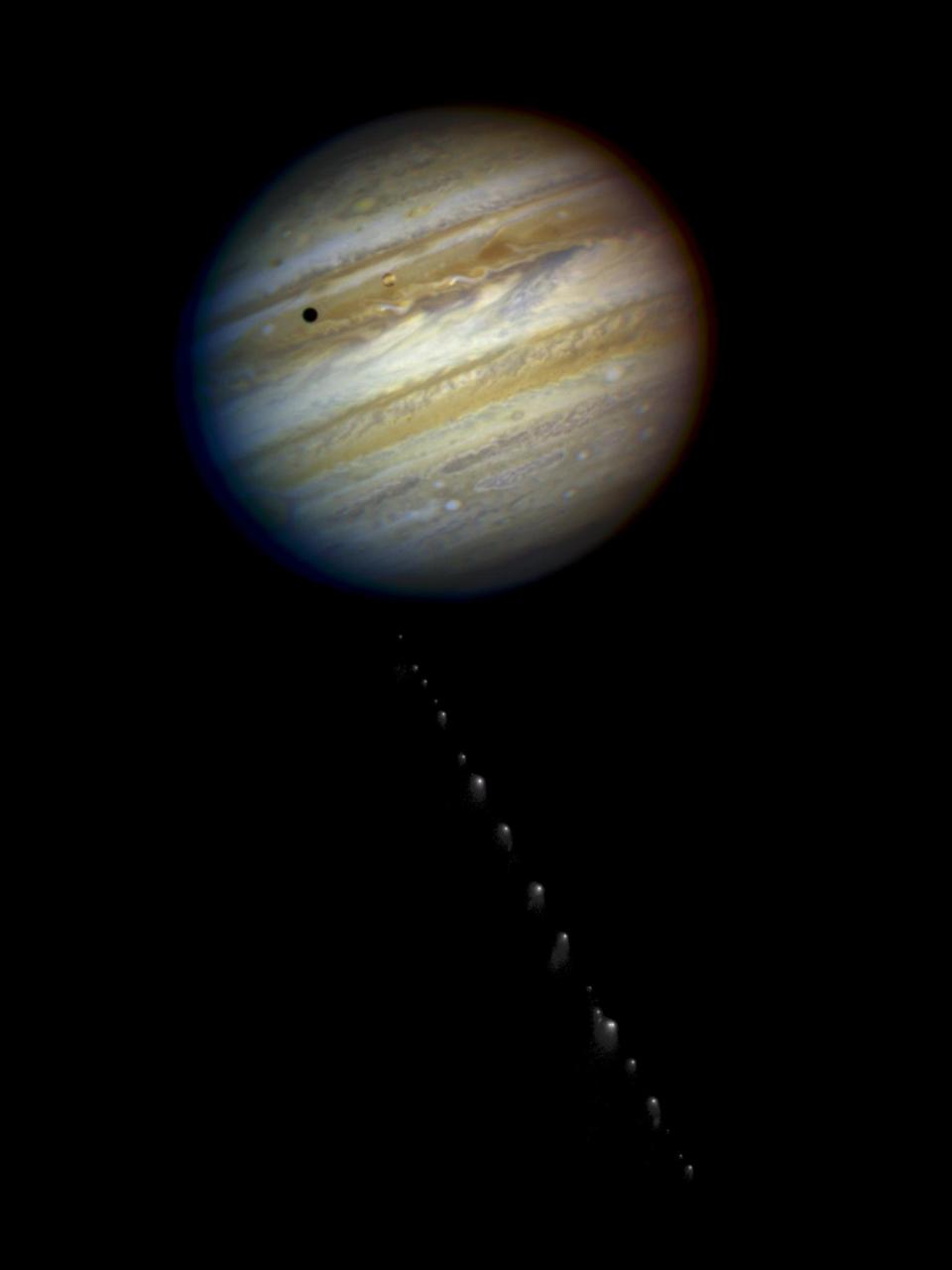
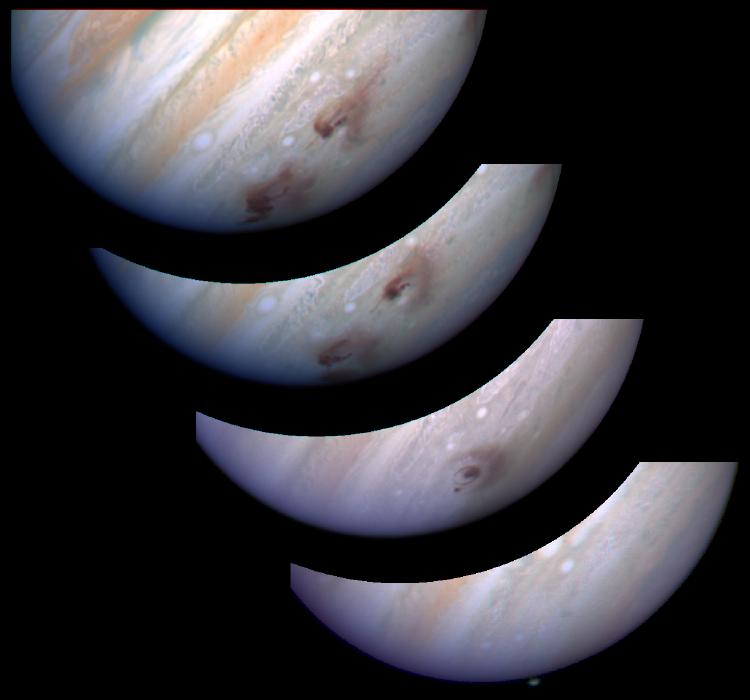
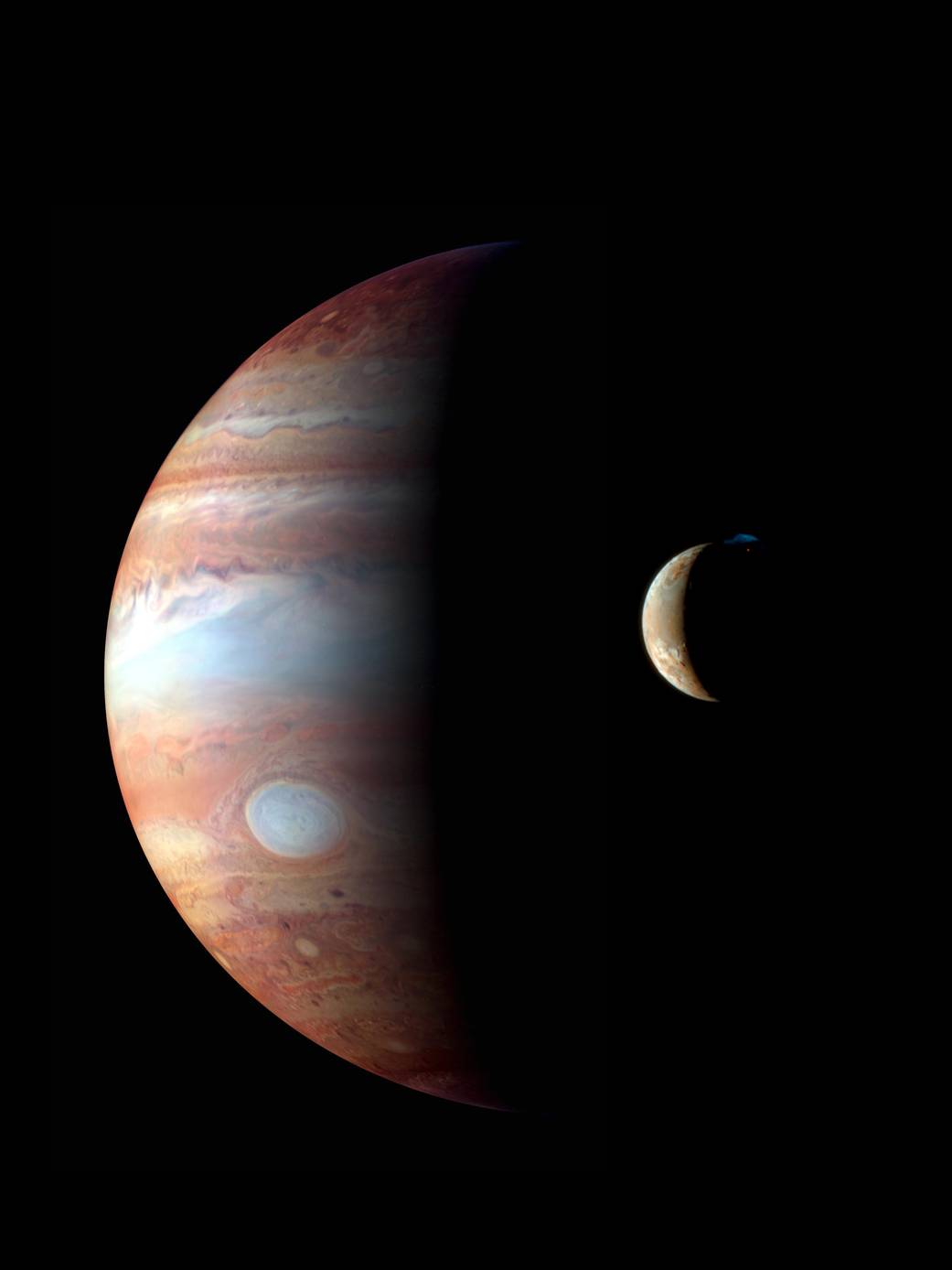
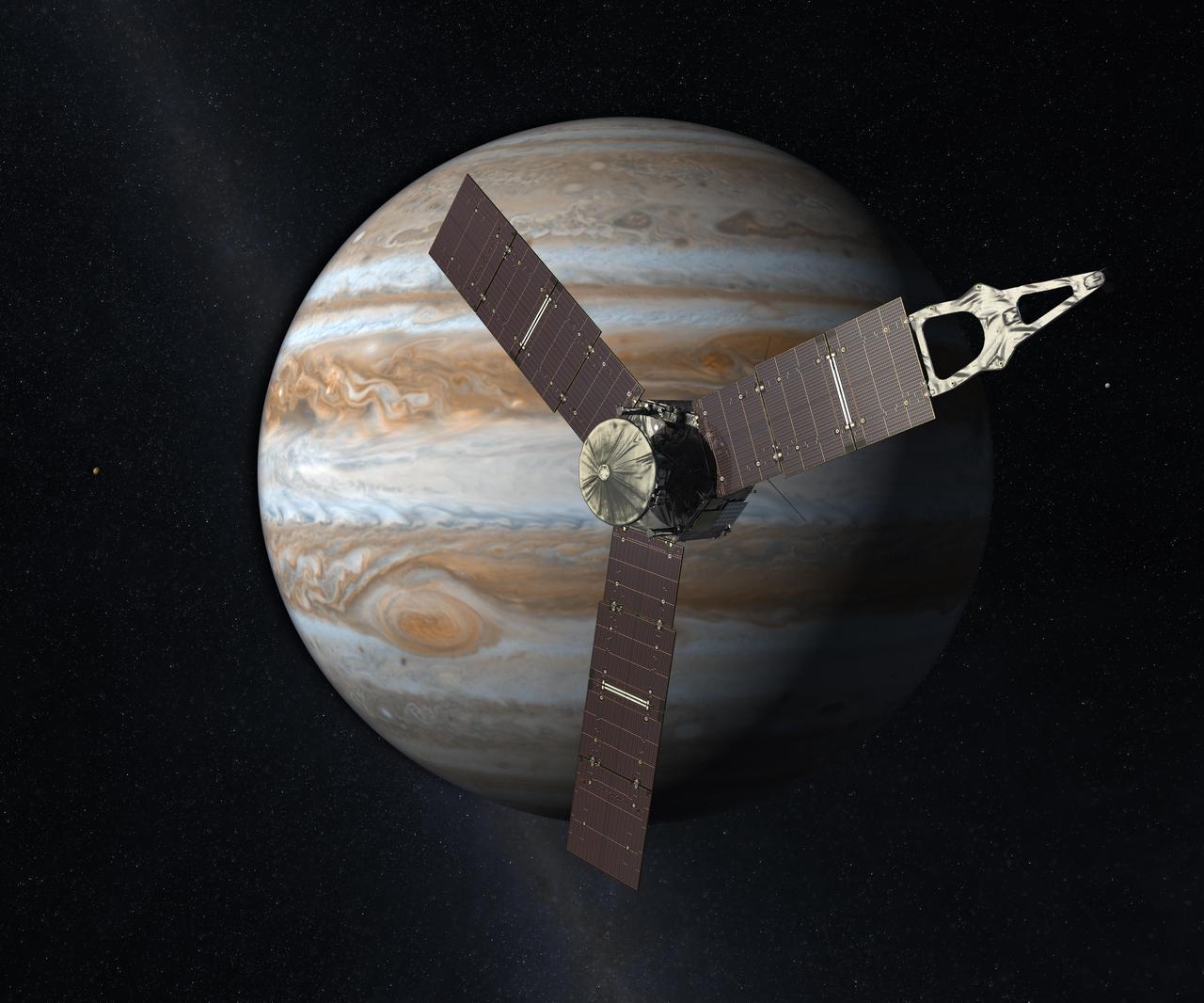
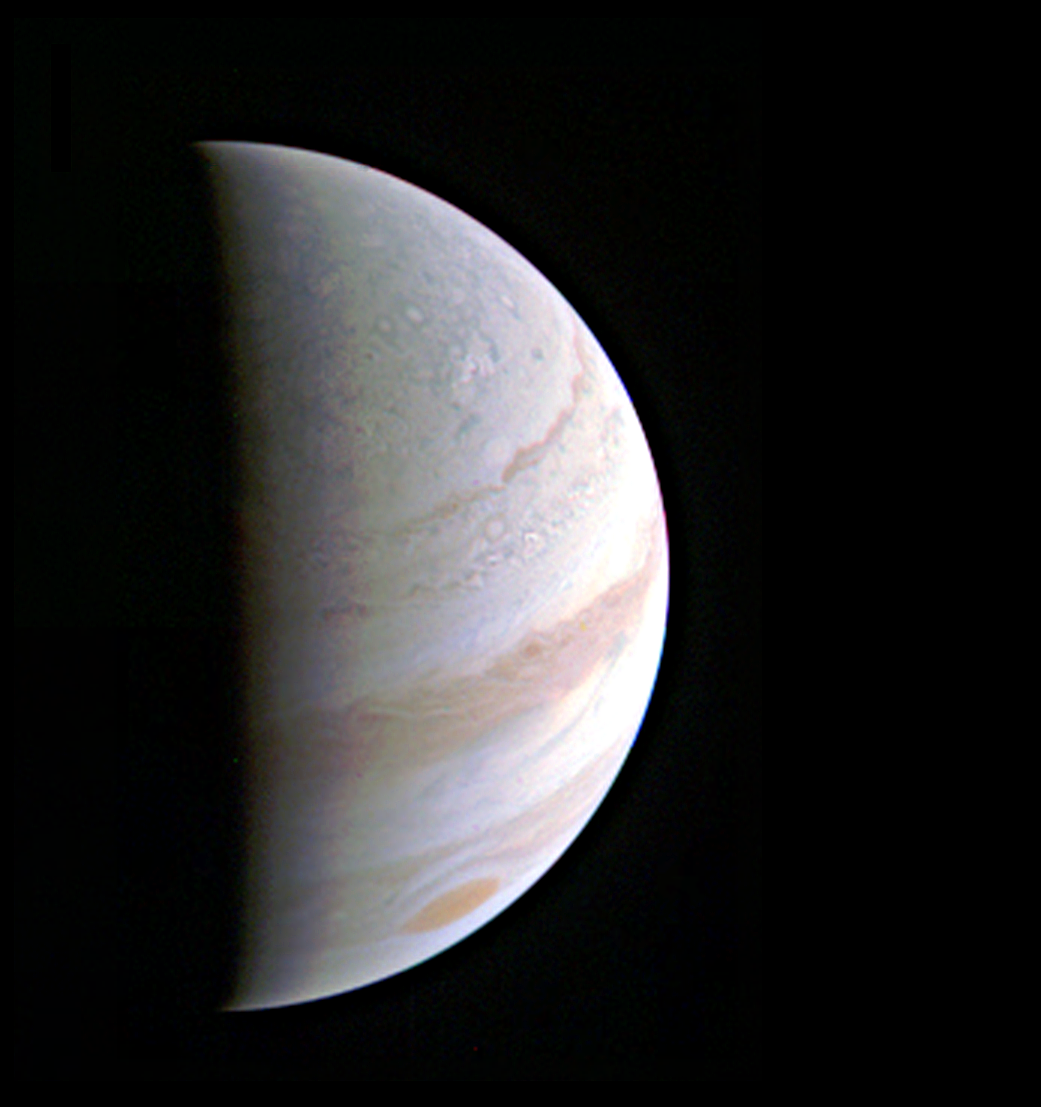
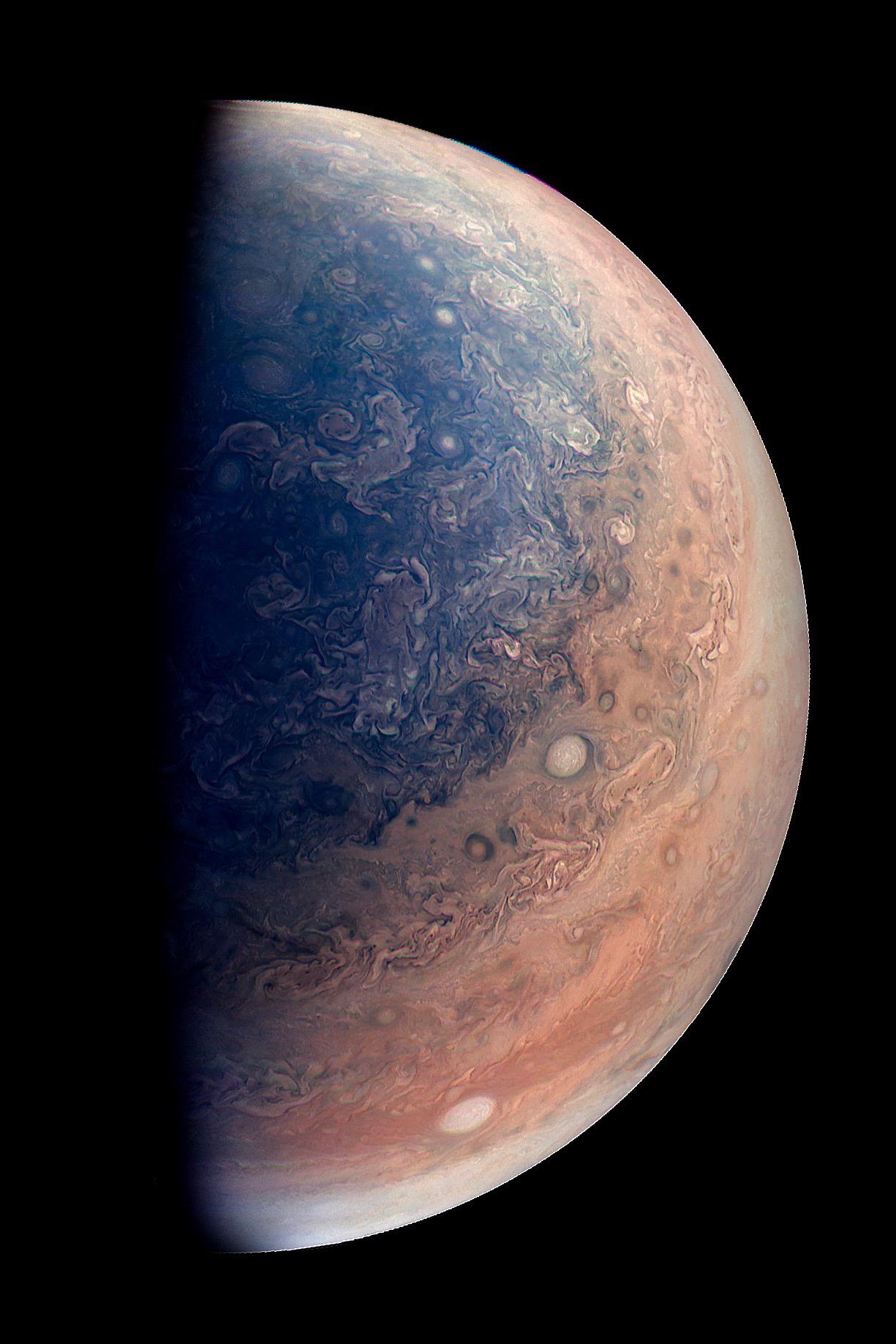
Jupiter's Size
Closest Approach
Enhanced Colour
The Galilean Family
The Great Red Spot
Orbital path of Galileo
Close Encounter
The Great Spot
Thin Rings
Jupiter's Northern Hemisphere
Aurora on Jupiter
Planet Building
Colossal Impact
Jupiter Flyby
Juno Spacecraft
North Pole
Jupiter's South Pole



















